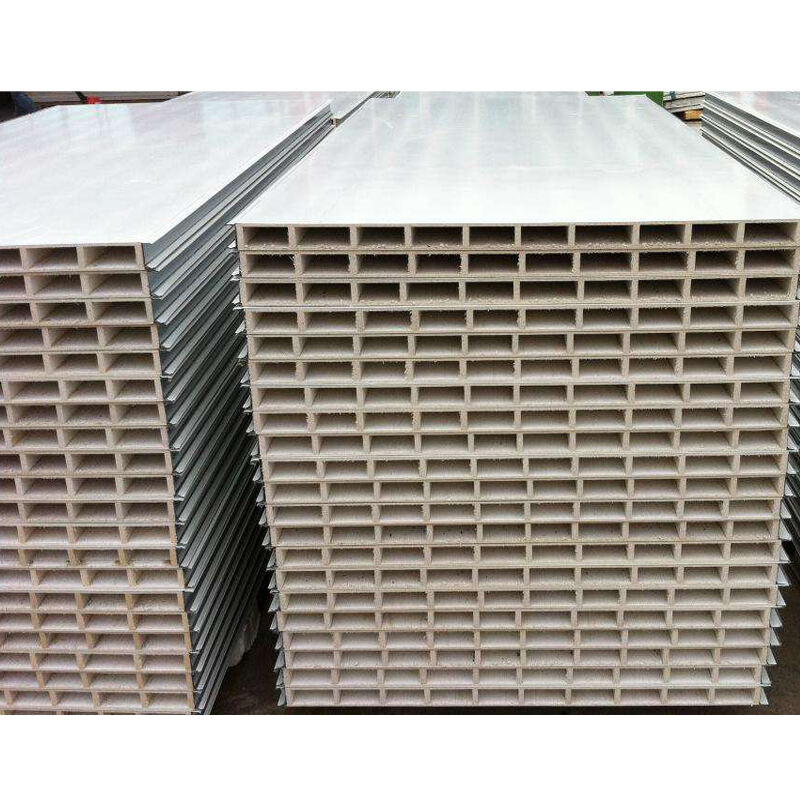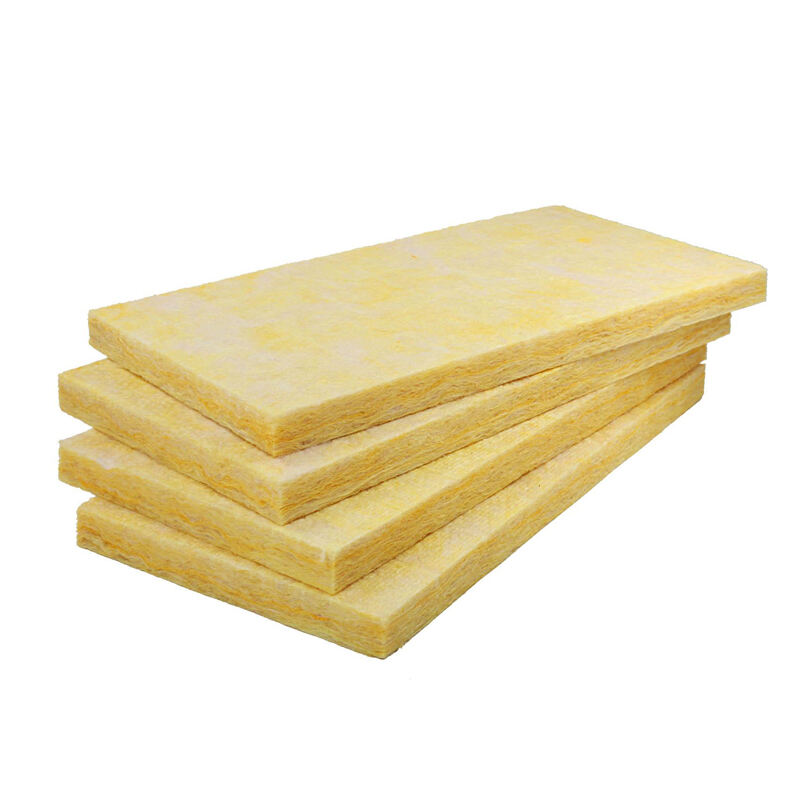Essential Guidelines for Clean Panel Installation in Controlled Settings
Clean panels represent a crucial component in controlled environments like cleanrooms, laboratories, and pharmaceutical facilities. Their proper installation is paramount for maintaining sterility and preventing contamination that could compromise sensitive operations. Understanding the complexities of clean panel installation requires careful attention to detail and adherence to strict protocols that safeguard the environment's integrity.
The installation of clean panels demands specialized knowledge, precise techniques, and unwavering commitment to cleanliness standards. Whether you're upgrading an existing facility or building a new controlled environment, the success of your project hinges on proper installation methodologies that prevent contamination and ensure long-term performance.
Preparation and Planning for Clean Panel Installation
Site Assessment and Environmental Controls
Before beginning the installation of clean panels, a thorough site assessment is essential. This includes evaluating the existing environment's cleanliness level, identifying potential contamination sources, and establishing appropriate environmental controls. The installation area must be properly sealed off from surrounding spaces, and HVAC systems should be adjusted to maintain positive air pressure, preventing the ingress of contaminants.
Temperature and humidity levels must be carefully monitored and controlled throughout the installation process. These environmental factors can significantly impact the integrity of clean panels and the effectiveness of sealants and adhesives used during installation. Proper documentation of these conditions should be maintained throughout the project.
Material Handling and Storage Protocols
Clean panels require special handling procedures from the moment they arrive at the facility. They should be stored in a clean, controlled environment with stable temperature and humidity levels. All panels must be thoroughly inspected for damage or defects before installation begins. The storage area should be isolated from general construction activities to prevent contamination.
Implementing a systematic approach to material flow ensures that clean panels remain protected until the moment of installation. This includes using appropriate protective coverings and establishing clean transfer protocols between storage and installation areas. All handling equipment must be thoroughly cleaned and approved for use in controlled environments.
Installation Techniques and Best Practices
Personal Protective Equipment Requirements
Installers must adhere to strict gowning protocols when working with clean panels. This typically includes cleanroom suits, boots, gloves, and appropriate face coverings. All PPE must be designed for cleanroom use and changed at prescribed intervals. Regular training on proper gowning procedures and contamination control is essential for installation teams.
The level of PPE required may vary depending on the cleanliness classification of the final environment. However, maintaining consistent standards throughout the installation process helps prevent contamination and ensures the integrity of the clean panels.
Installation Sequence and Methodology
A systematic approach to clean panel installation helps maintain cleanliness standards and ensures proper fit and finish. Installation typically proceeds from the ceiling down to the walls, following a carefully planned sequence that minimizes the risk of contamination. Each panel must be properly aligned and sealed according to manufacturer specifications.
Special attention must be paid to joint systems and sealing methods. The use of appropriate cleanroom-grade sealants and gaskets is crucial for maintaining the integrity of the installation. All tools and equipment used during installation must be cleaned and approved for use in controlled environments.

Quality Control and Validation Procedures
Surface Testing and Inspection Protocols
Regular testing and inspection of installed clean panels ensure they meet cleanliness requirements. This includes particle counts, surface sampling, and visual inspections for any signs of damage or contamination. Documentation of all testing procedures and results is essential for validation purposes.
Establishing clear acceptance criteria for installed panels helps maintain consistent quality standards. Any deviations must be promptly addressed and corrective actions documented. Regular monitoring helps identify potential issues before they become significant problems.
Environmental Monitoring Systems
Implementing comprehensive environmental monitoring systems helps verify the effectiveness of clean panel installations. This includes continuous monitoring of particle counts, pressure differentials, and other critical parameters. Data from these systems provides valuable feedback on the performance of the installation and helps identify any areas requiring attention.
Regular calibration and maintenance of monitoring equipment ensure accurate and reliable data collection. This information is crucial for maintaining compliance with relevant standards and regulations governing controlled environments.
Maintenance and Long-term Performance
Cleaning and Sanitization Procedures
Proper cleaning and sanitization procedures are essential for maintaining the integrity of installed clean panels. This includes regular cleaning schedules using approved cleanroom-compatible cleaning agents and methods. Staff must be trained in proper cleaning techniques that prevent damage to panel surfaces while ensuring effective sanitization.
Documentation of cleaning procedures and schedules helps maintain consistent standards and provides evidence of compliance with cleanliness requirements. Regular audits of cleaning practices help identify areas for improvement and ensure ongoing effectiveness.
Preventive Maintenance Strategies
Implementing preventive maintenance programs helps extend the life of clean panel installations and maintain their performance. This includes regular inspections for signs of wear or damage, prompt repair of any issues, and periodic evaluation of sealing systems. Maintaining detailed maintenance records helps track panel performance over time and plan for future upgrades or replacements.
Regular training updates for maintenance staff ensure they remain current with best practices and manufacturer recommendations. This helps prevent inadvertent damage during maintenance activities and ensures the long-term integrity of the installation.
Frequently Asked Questions
How often should clean panels be inspected after installation?
Clean panels should undergo visual inspection at least monthly, with more comprehensive testing performed quarterly. This includes surface sampling, particle counting, and detailed examination of joints and seals. More frequent inspections may be required in highly critical environments or as specified by regulatory requirements.
What are the most common causes of clean panel contamination during installation?
Common contamination sources include improper handling procedures, inadequate environmental controls, poor gowning practices, and the use of non-approved installation materials or tools. Careful attention to protocols and proper training can help prevent these issues.
How can we ensure long-term performance of installed clean panels?
Long-term performance depends on proper installation, regular maintenance, appropriate cleaning procedures, and prompt attention to any damage or wear. Implementing comprehensive monitoring systems and maintaining detailed documentation of all activities helps ensure continued effectiveness of the installation.

